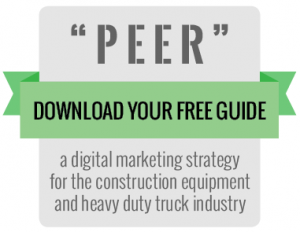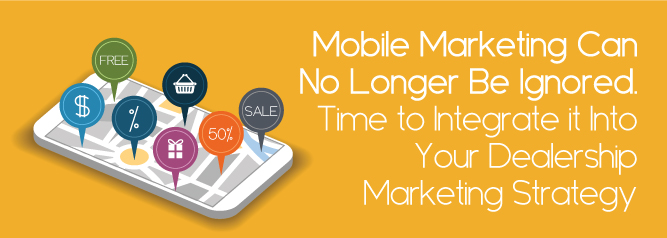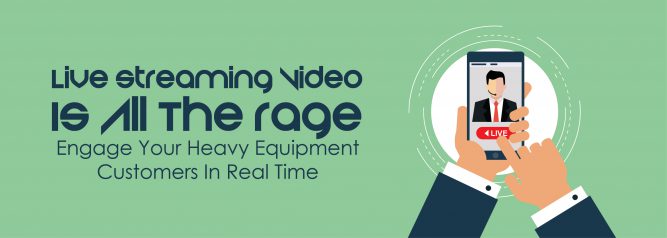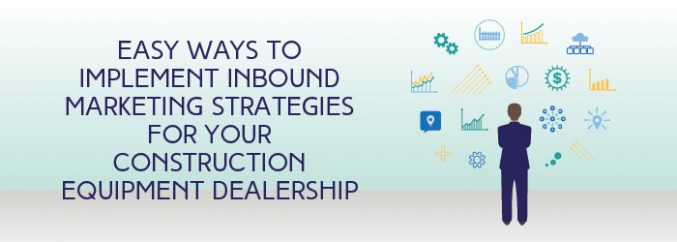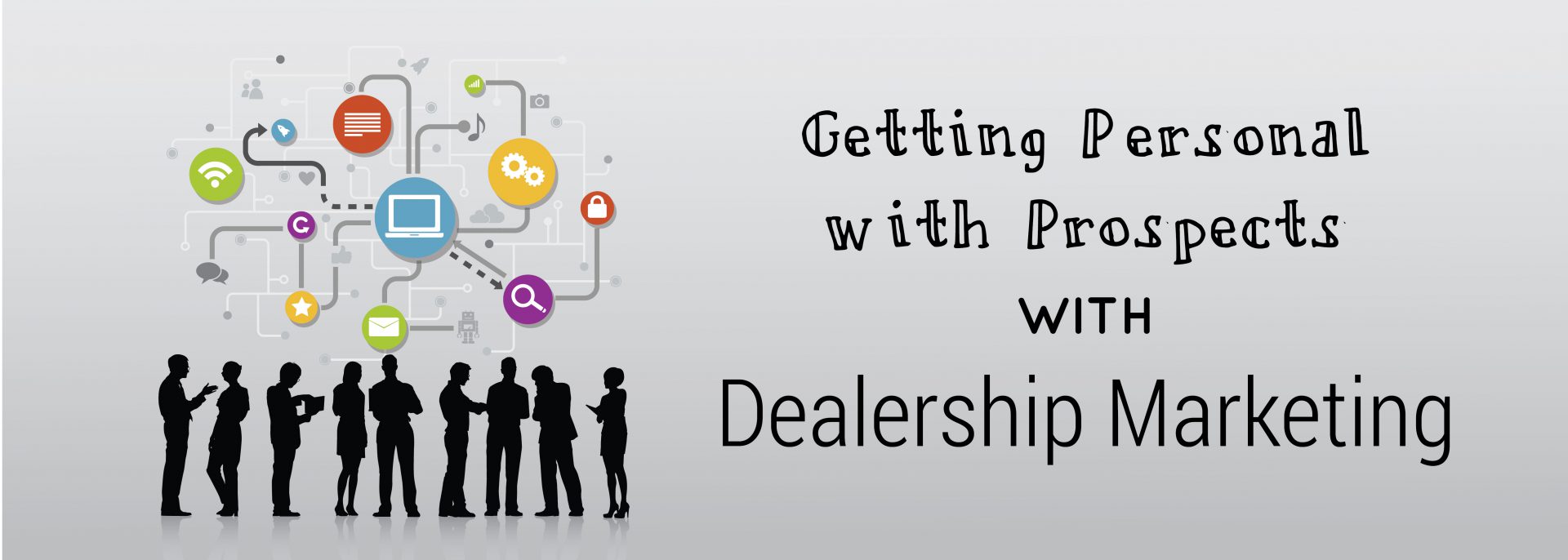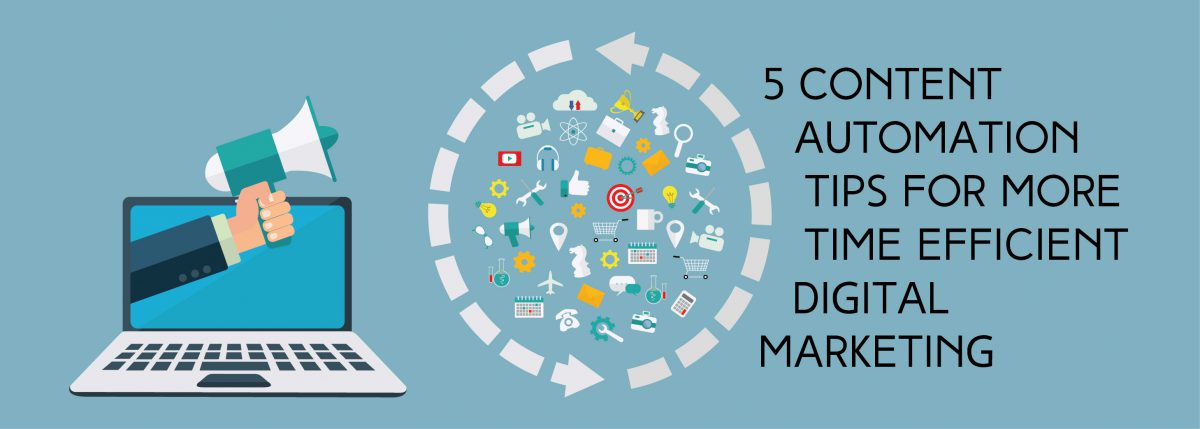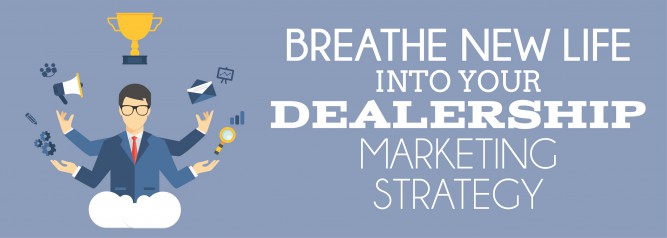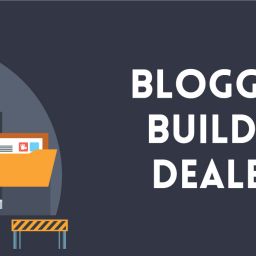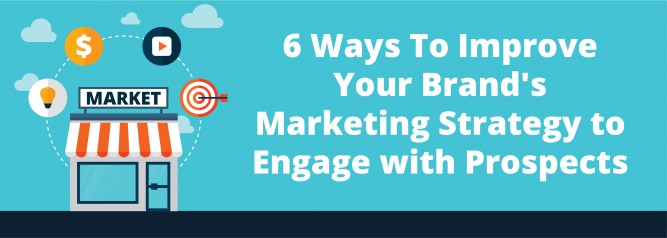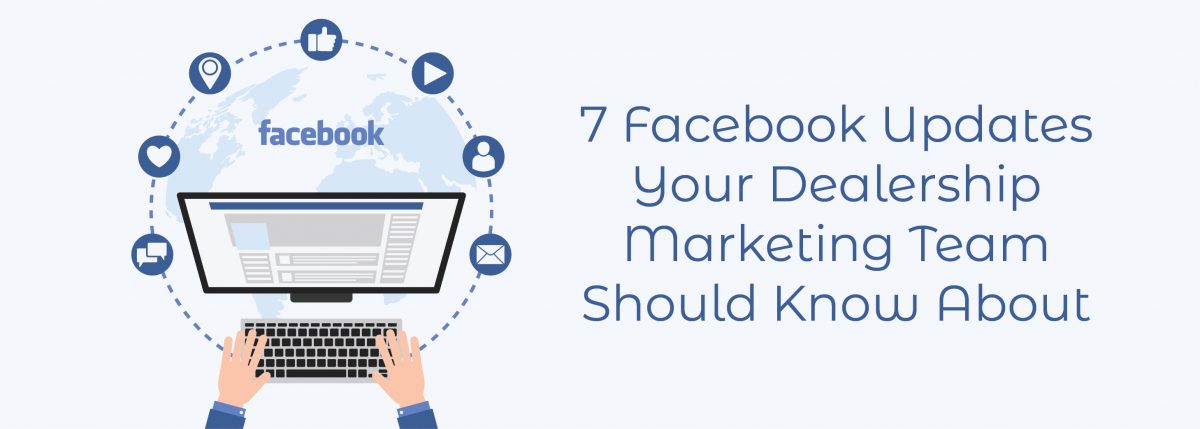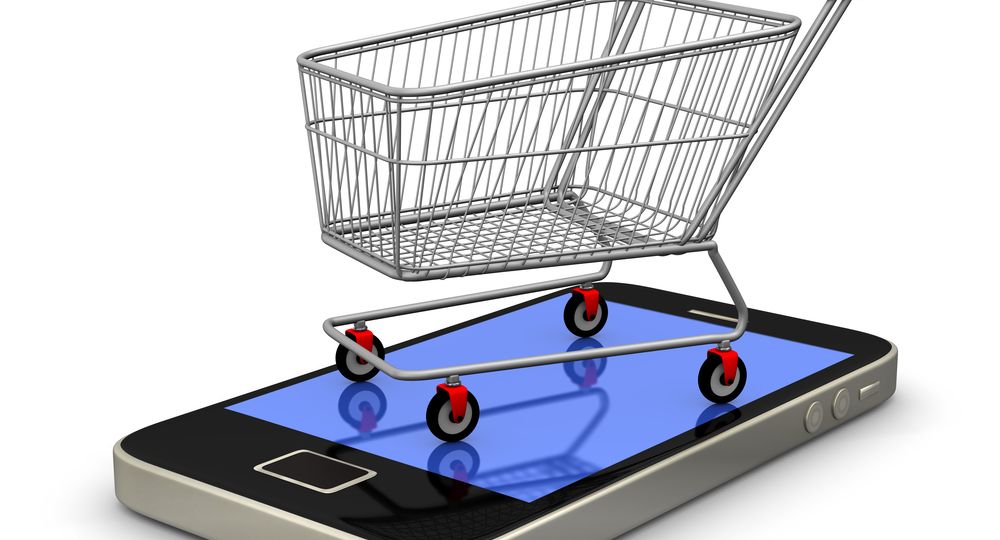
The Cultural Shift to Inbound Marketing & Online Sales
For previous generations the process of seeking out products or services, for business or personal needs, involved searching through the Yellow Pages, promotional brochures and flyers from local businesses, or listening for some sort of radio or television ad throwing products and services at you whether you like it or not.
That sort of media, called outbound marketing, has faded and given way to a new strategy that has come about out of necessity due to the changes in how customers shop today.
According to InternetRetailer.com E-commerce spending in the United States will add up to about $262 billion this year, 13.4% more than the $231 billion in 2012. In 2017, online spending will reach $370 billion, which is a nearly 10% compound annual growth rate from 2012.
The online shopping, or e-commerce arena is a very lucrative one, and unfortunately it’s one that the trucking and construction industry are in general falling behind on. It’s time to get out there and claim your piece of that $300 billion dollar pie! How?
The nature of the online sales beast is different from that of the “in person” sales pitch. Rather than the traditional outbound marketing techniques you may be used to, it’s time to enlist an inbound marketing strategy.
INBOUND MARKETING
Inbound marketing uses content like blogs, videos, eBooks and white papers, along with search engine optimization (SEO) and social media to attract qualified prospects, in other words, people who are shopping online for the products and services YOU sell! The inbound marketing process guides them to your website, without making a blatant sales pitch, and introduces them to your company. This process is called lead generation, and inbound strategies help you turn web viewers to leads, and leads into sales.
It works in 3 steps:
1. Generate Traffic.
Inbound marketing is driven by meaningful content, not sales pitches or ads. Content refers to blogs, articles, graphics or videos that educate, inform, and even entertain the kinds of people you want to reach. For every product or service – from heavy equipment to road side service – there’s an online community hungry for information. Creating great content using the right keywords, and posting it to your website, Facebook page or Twitter feed, you gain credibility and attract people ready to share, comment, and seek out more. The more content you offer, the more web traffic you can generate.
2. Turn Visitors Into Leads.

These CTA’s point your visitors to a landing page with a contact form where they fill out of their contact information in exchange for your content. The more relevant content you put out there for your online viewers, the more of a credible trusted source you become.
3. Prompt Leads to a Purchase Decision.
Using inbound marketing you can analyze your leads by tracking what topics engage each prospect the most. When you know what they are looking for, you can use email to extend customized offers to them – a free consultation, or special new-customer pricing that encourages them to contact you directly.
Keep up to date with current information about inbound digital marketing, content creation and the proven PEER strategy and jump on the online marketing bandwagon!



